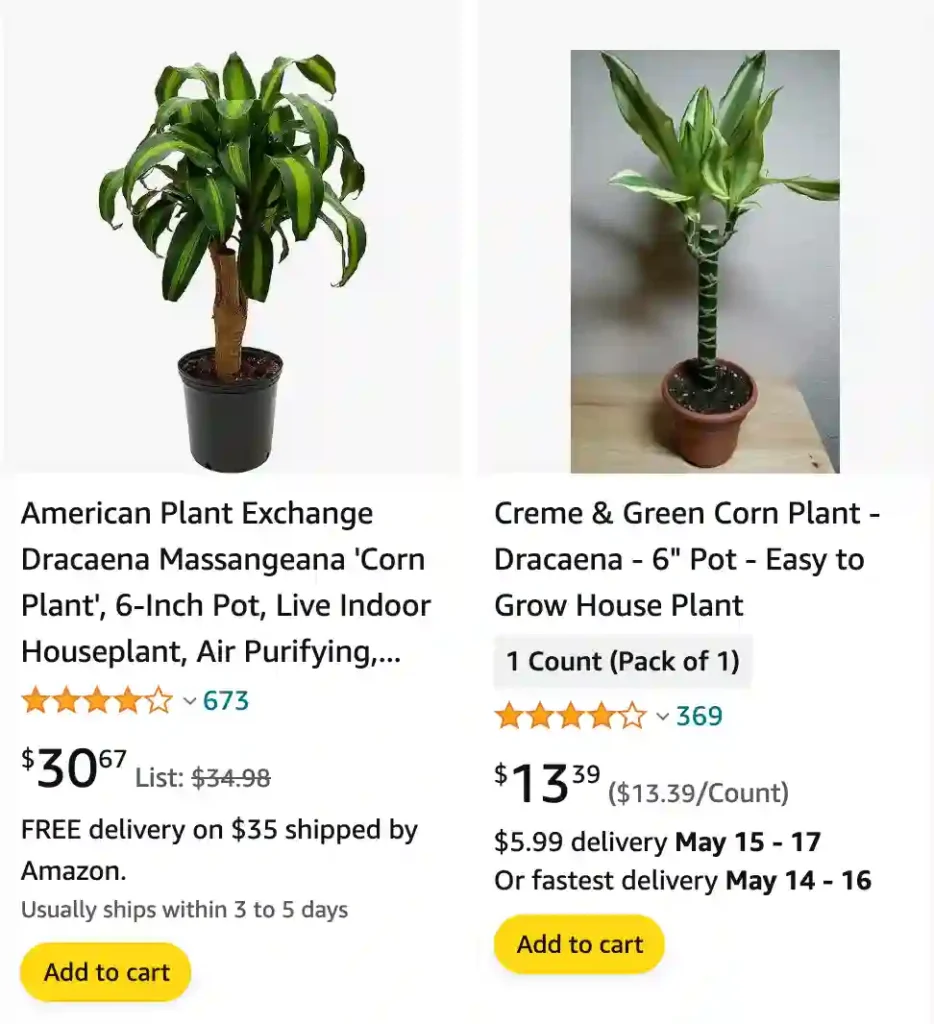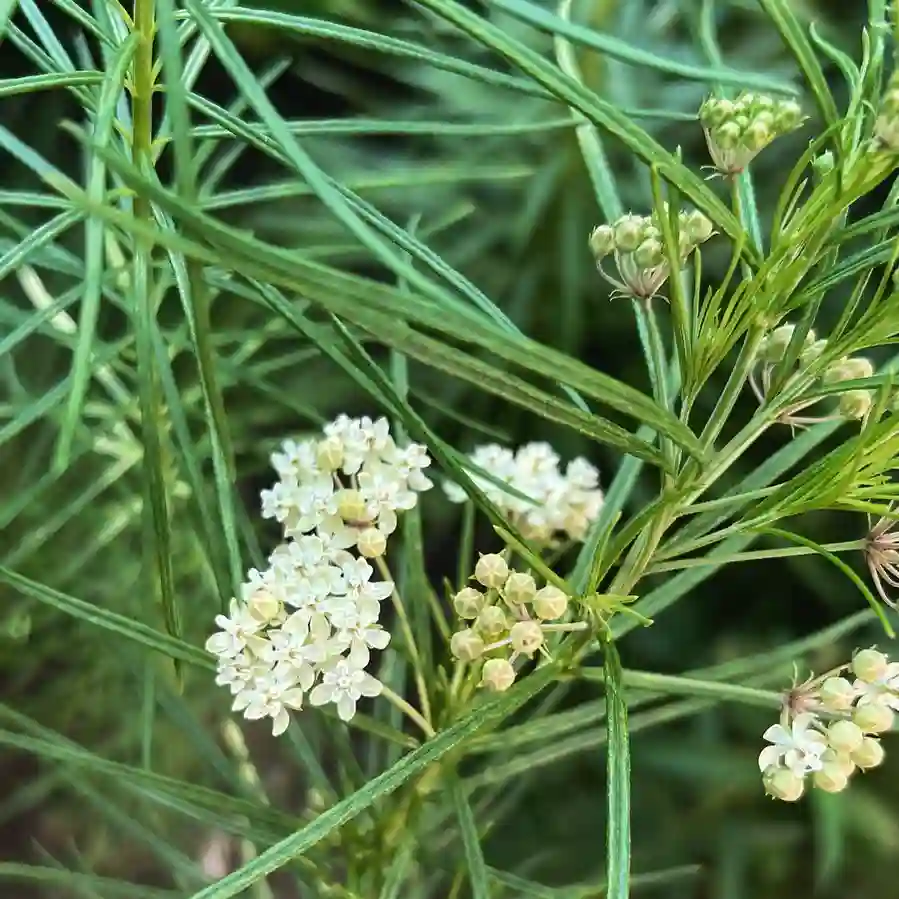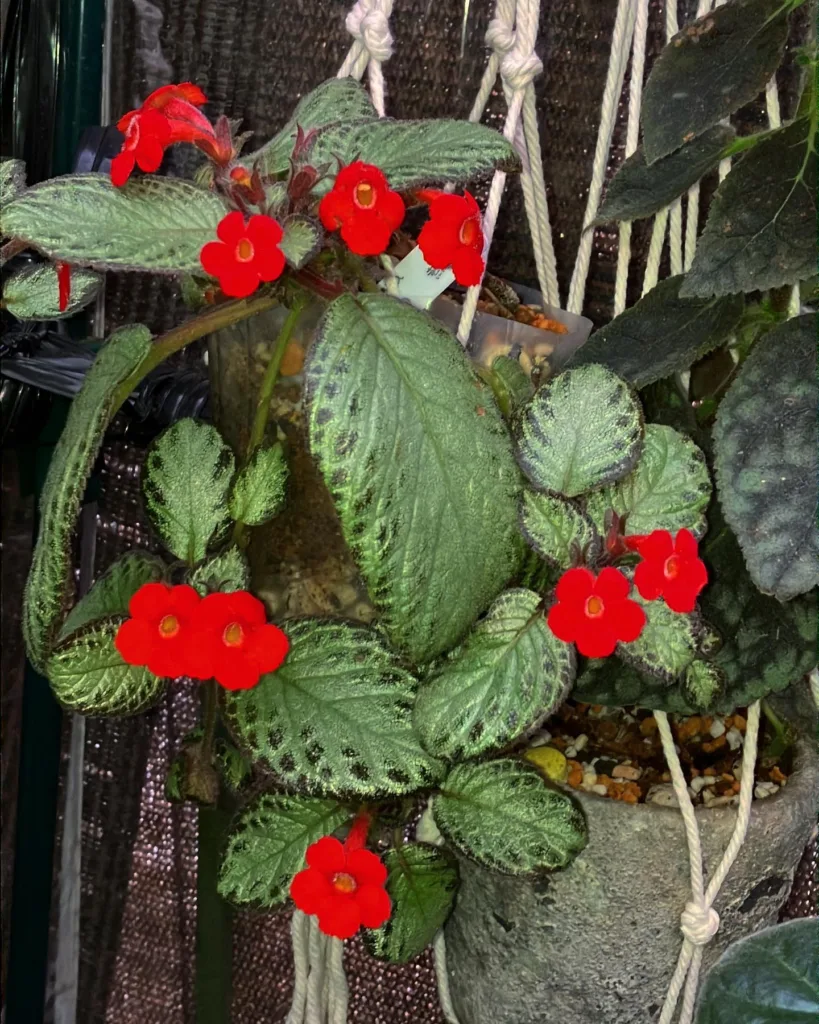
What does a corn plant look like?
My corn plant, Mixie, is like a green skyscraper for my living room. He shoots straight up from his pot with thick, sturdy stalks that remind me of bamboo. Unlike bamboo though, Mixie’s stalks are topped with long, pointy leaves that arch out a little. They’re a deep, glossy green that always looks fresh, even when I forget to water him for a few days (whoops!). Mixie adds a real jungle vibe to my apartment, and the best part is – he’s pretty easy to keep alive, unlike that dramatic orchid I tried last year.
198 Species in Genus Dracaena
How to propagate corn plant?
Believe it or not, I just propagated a new little corn plant from Mixie, my old one! It’s surprisingly easy, though it takes some patience. I took a sharp pair of shears and snipped off the top part of Mixie, just below where a bunch of leaves grow together. You want to make sure you get at least one of those little nub things on the stem – that’s where the roots grow from. I stuck the cut end in a jar filled with fresh water, making sure a couple of those nubs were submerged. Then I placed the jar on a windowsill with indirect sunlight and just waited. It took a few weeks, but eventually little white roots started to sprout from the nubs! Once the roots were a good inch or two long, I potted the cutting up in some fresh, well-draining soil. Now I have a brand new baby corn plant to keep Mixie company!
How to save a dying corn plant?
Oh no, a dying corn plant! Mixie went through a rough patch a while back, and let me tell you, it was scary. Luckily, I caught it in time and managed to nurse him back to health. The first thing I did was check the soil. Bone dry? Underwatered. Soggy mess? Overwatered. Mixie was definitely in the soggy zone. So, I stopped watering immediately and let the soil dry out completely. Then, I gently loosened the roots and checked for mushy, brown ones – those are rotten and need to be trimmed off with clean shears. If the roots look healthy, great! If not, you might need to repot with fresh soil.
Next, I gave Mixie a vacation from the harsh sunlight. Maybe he got a sunburn? I moved him to a spot with bright, indirect light. Crispy brown leaves? I snipped those off carefully to prevent further browning. Finally, after a week or so of TLC (tender loving care!), I gave Mixie a good drink, making sure the water drained out the bottom of the pot. It took some time, but slowly, new green growth started to appear! Phew, that was a close one. Now I’m extra careful about watering Mixie and keeping him out of direct sunlight.
How often to water corn plant?
The key to watering Mixie, my corn plant, is to avoid going overboard! He’s like a desert dweller – happy with less water than you might think. I learned this the hard way with a few droopy leaves early on. Now, I usually stick my finger in the soil about an inch deep. If it feels dry, it’s watering time! Sometimes that means a weekly drink, but other times, especially in the winter, it can stretch to ten days or even two weeks. Mixie will definitely tell me when he’s thirsty with some slightly curled leaves, and that’s my signal to grab the watering can. It’s always better to underwater a bit than drown his roots!
Why is my corn plant turning yellow?
Oh no, not the yellow leaves! This happens to Mixie sometimes too, and it’s always a guessing game about what’s causing it. Usually, it’s one of two things. First, culprit number one: forgetting about watering him for a bit too long. Life gets busy, you know? If the yellowing starts at the bottom leaves and the soil feels dry, that’s my sign I’ve been a neglectful plant parent. A good soak usually perks Mixie up pretty quickly.
But if the yellowing is happening higher up on the leaves, especially with brown crispy edges, then it might be the opposite problem – too much water! Like I said, Mixie’s a desert dude, and soggy roots can make him unhappy. If the soil feels constantly damp, I might repot him with fresh soil to give his roots some air circulation. Sometimes Mixie will even try to tell me he’s unhappy by dropping a whole leaf – that’s usually a sign I need to adjust my watering habits one way or the other. Finding the perfect watering balance is a constant dance with Mixie, but hey, that’s part of being a plant parent, right?
Can a corn plant live outside?
Absolutely! Mixie, my corn plant, enjoys some sunshine breaks outdoors during the summer months. It’s like a little vacation for him. But here’s the thing – he’s not exactly built for the great outdoors year-round. We live in a place with chillier winters, and those frosty nights would send shivers down his leafy spine. So, I keep him outside on the patio in a shady spot where he gets some dappled sunlight. He seems to love the fresh air and even seems to perk up a bit. But come fall, when the temperature dips below 60 degrees Fahrenheit, it’s back inside for Mixie. He might be a little jungle dude indoors, but that’s where he thrives best. So, outside for summer fun, but cozy indoors for the winter – that’s the happy balance for my Mixie!
Is corn plant toxic to cats?
Oh boy, this is an important one! Yes, Mixie, my beloved corn plant, is unfortunately toxic to cats. I learned this the hard way when a curious stray decided to take a nibble on his leaves one night. Thankfully, the cat seemed okay, but it scared me half to death! After a quick call to the vet and some frantic googling, I found out all parts of the corn plant contain a toxin that can make cats sick. Symptoms can be vomiting, drooling, and even trouble breathing. Not good!
Since then, Mixie has been relocated to a high shelf, far out of reach of any feline acrobatics. It’s a bummer he can’t brighten up every corner of my apartment, but it’s definitely not worth the risk to any curious kitty who might wander in. If you have a cat at home, it might be best to choose a different, cat-friendly houseplant to add some green to your space. Better safe than sorry!
Why is my corn plant dying?
Don’t panic! There are a few reasons why your corn plant might be on the decline, but most can be fixed with some TLC. Think back on your recent plant parenting habits.
Has it been dry lately? Corn plants are tough, but underwatering is a common culprit for yellowing leaves. Stick your finger in the soil – if it feels dry down to the first inch or so, give your plant a good drink and let the excess water drain out the bottom of the pot.
On the other hand, maybe you’ve been a little overzealous with the watering can? Soggy soil can suffocate the roots and lead to rot. If the leaves are yellowing and feel mushy, and the soil feels constantly damp, you might be dealing with overwatering. Check for mushy roots and repot with fresh soil if needed.
Light could also be an issue. Corn plants love bright, indirect light. Too much direct sun can scorch the leaves, while not enough light can stunt growth. Try moving your plant to a new location and see if that perks it up.
Finally, take a look for any pests. Mealybugs and spider mites can infest corn plants and suck the sap out of the leaves, causing them to yellow and drop. If you see any unwanted visitors, there are insecticidal sprays or neem oil solutions you can try to get rid of them.
By diagnosing the problem and taking the right steps, you can hopefully nurse your corn plant back to health! Just remember, a little detective work and some plant TLC can go a long way.
How to repot a corn plant?
Repotting Mixie, my corn plant, isn’t the most glamorous task, but it’s definitely a necessary one every year or two to keep him happy and growing. Here’s how I tackle it:
First, I gather my supplies: a new pot (just a size or two bigger than the old one with drainage holes!), fresh potting mix, and some sharp shears or secateurs. Gently tipping Mixie out of his current pot is the first step. Sometimes the soil loosens easily, but if it’s stubborn, I might tap the sides of the pot to encourage it to release.
Once Mixie’s out, I take a good look at the root system. Healthy roots are white or light brown and firm. If I see any mushy, black ones, those are dead and need to be carefully trimmed off with the shears. Don’t worry, a little root pruning won’t hurt Mixie.
Now for the new pot! I add a layer of fresh potting mix to the bottom for drainage. Then, I carefully place Mixie in the center, making sure the roots have enough space to spread out but the base of the stalk sits at about the same level as it did in the old pot. Once he’s positioned, I fill in the sides with more potting mix, gently tamping it down to remove any air pockets.
The final step? Watering! I give Mixie a good drink until water runs out the drainage holes, signaling the soil is nice and moist. Then, I place him back in his spot with bright, indirect sunlight. Repotting can be a bit stressful, but Mixie always seems to perk up after a few days in his new digs, ready to keep growing tall and handsome.
How much light does a corn plant need?
When it comes to light, my corn plant Mixie is all about finding the happy medium. He’s not a fan of extremes. Direct sunlight can be harsh and scorch his leaves, turning them brown and crispy. Think of him as someone who prefers lounging in dappled sunlight under a big tree – bright but indirect is the key.
A spot near a window with sheer curtains that filter the sunlight is perfect. East-facing windows are ideal as they get the morning sun, which is gentler than the afternoon rays. If your place doesn’t have a lot of natural light, don’t despair! Corn plants can tolerate lower light conditions too. They might not grow quite as fast, and the variegation in the leaves might be less pronounced, but they’ll still survive. Just be careful not to stick them in a dark corner – that’s a surefire way to make Mixie sad and leggy.
I pay attention to Mixie’s leaves. If they start to stretch out and lose their vibrant color, it’s a sign he needs more light. On the other hand, if the leaves start to curl or get bleached-looking spots, then he’s probably getting too much direct sun. By observing your plant and making adjustments as needed, you can find the perfect light spot to keep your corn plant thriving. Remember, bright, indirect sunlight is your best bet for a happy and healthy Mixie!
If i die, water my plants!



